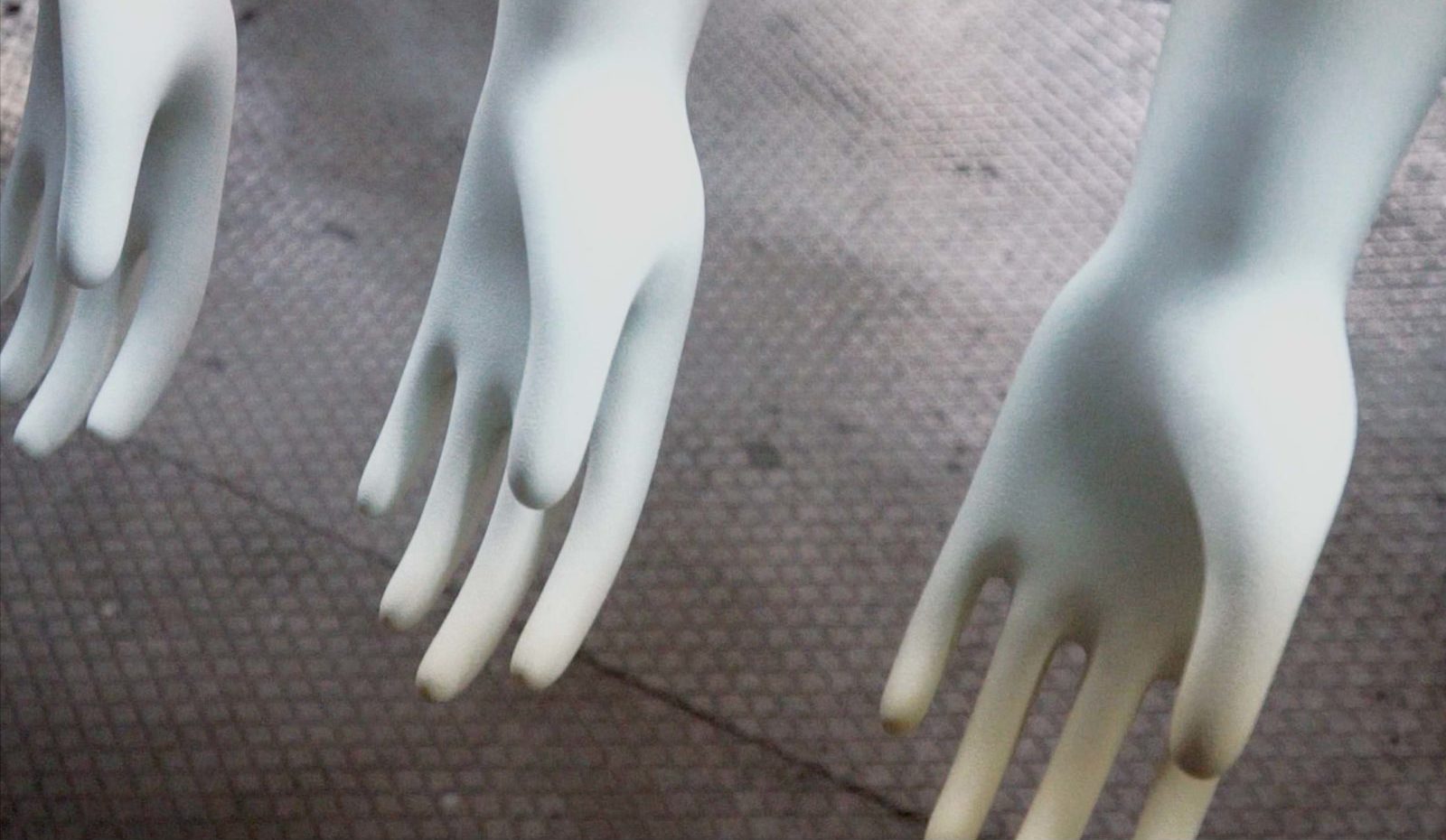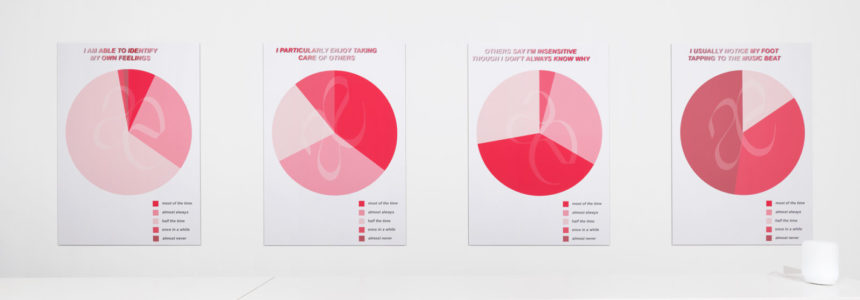ISSUE #4 – Studies in empathy
How images affect us
Introduction
At the core of this issue is Charlotte Laubard’s exhibition, Études sur l’empathie. Laubard, who is in charge of the Visual Arts department, organised Études sur l’empathie at the Fondation Ricard in Paris in 2019, gathering together fourteen HEAD artist students or graduates. Some of the exhibited works dealt with empathy and emotional mechanisms or tackled concern for others and the ethics of care. Some pieces used a contemporary iconography which makes viewers feel outraged or moved, as with the Lolcats memes, or explored the relationship between body and mind within the sensory experiences we call embodiment.
The exhibition started from the principle that to address empathy is also to address the effects of art – in the sense that it is through aesthetics that we work towards an understanding of others. At the same time, it took stock of a tendency in the last decade for research in cognitive sciences and neurosciences to focus increasingly on the preconscious mechanisms that allow us to access other people’s emotional states, and on our ability to reproduce them thanks to mirror neurons, among other things. Interest in these mechanisms widely surpasses the field of cognitive sciences, as research in visual cultures also considers how images affect us. The Aby Warburg Institute researcher Manos Tsarikis and Laurent Huret discuss this in an interview published here.
Of course, the contemporary infatuation with empathy should be looked at in light of technical developments in artificial intelligence. Already in 1982, Ridley Scott’s movie Blade Runner dealt with just that: androids supposedly distinguishing themselves from human beings through an absence of empathy. Laubard evokes the question of the empathy of machines with the anthropologist and India specialist Emmanuel Grimaud, who notably worked with scientists to develop a robot of the god Ganesh. The robot answers devotee’s prayers.
Despite all the research, empathy remains a concept whose definition most find hard to grasp and whose appraisal is not always positive. The psychologist Paul Bloom thus wrote Against Empathy, in which he reveals the perverse effects of identifying with someone else’s emotional states, sometimes leading whole groups of people to develop a collective hatred based on criteria such as sex or race. Bloom defends the notion of sympathy – a rational reaction to the feelings of others, not a semi-conscious imitation. Simon Pinkas’ Master’s Thesis on online outrage – which is re-published in this case study – illustrates the risks of a purely empathic society.
Cover image: Vanessa Safavi, Velvet, 2019, (screenshot)



